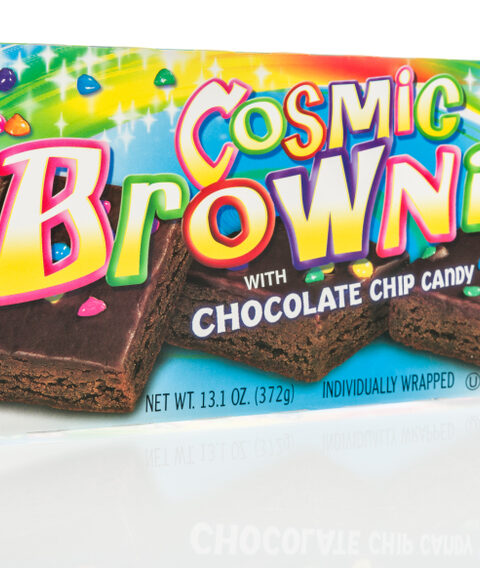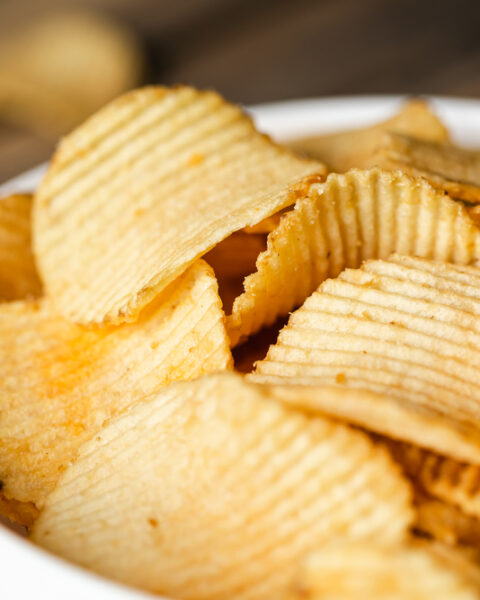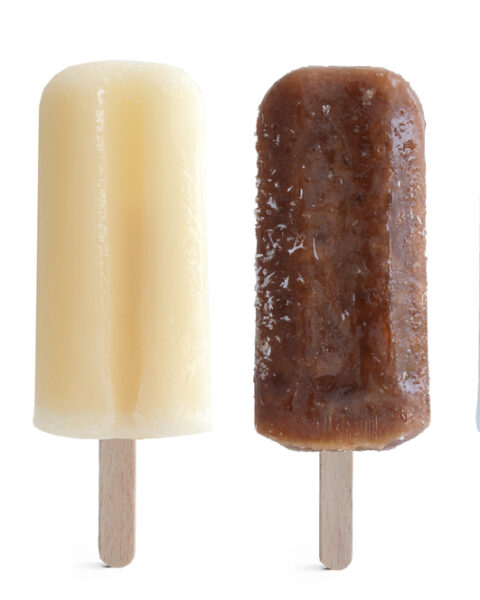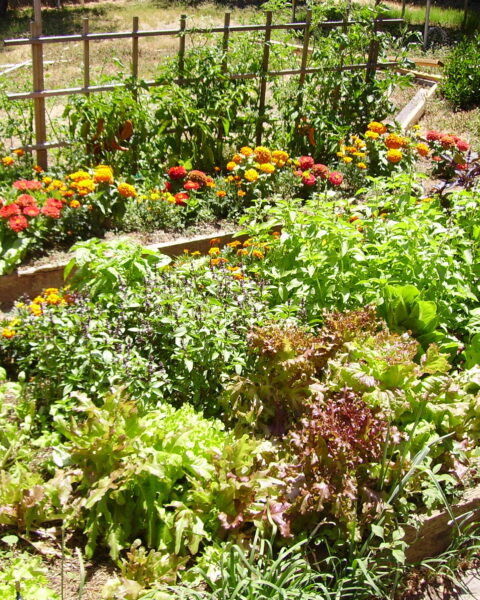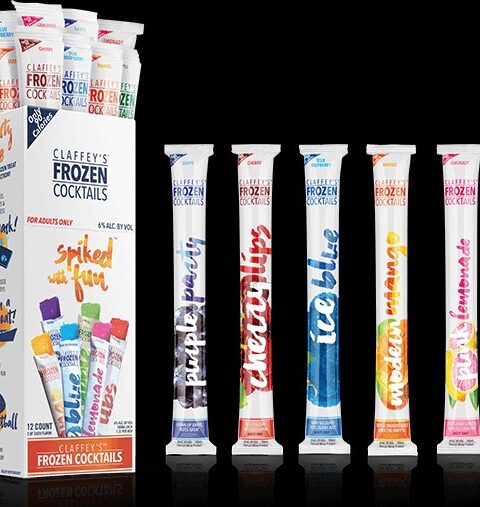Ancient grains are making their way back into our kitchens, bringing with them centuries of tradition and nutrition. As we become more aware of the benefits of whole, unprocessed foods, these grains are being rediscovered for their versatility and health advantages. Packed with fiber, protein, and essential nutrients, they offer a flavorful alternative to the refined grains that dominate our diets.
Contents
Quinoa
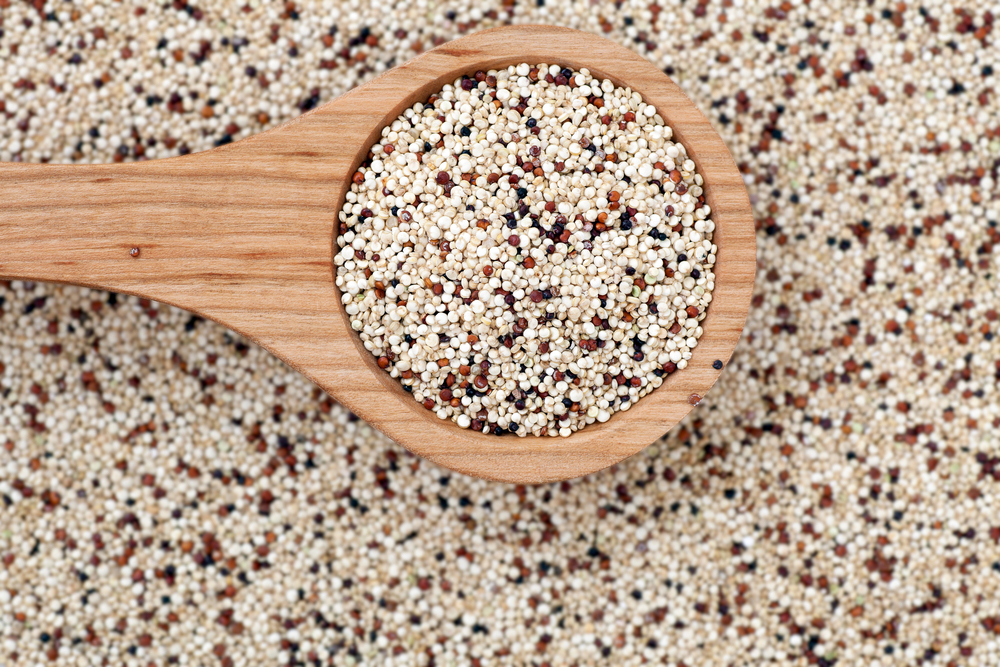
Quinoa, originally from the Andean region of South America, has surged in popularity due to its high protein content and versatility in cooking. This ancient grain is rich in all nine essential amino acids, making it a complete protein, which is rare among plant-based foods. It has a light, nutty flavor and can be used in everything from salads to soups and even as a rice substitute. Quinoa’s adaptability and nutritional benefits have cemented its place in modern kitchens worldwide.
Farro
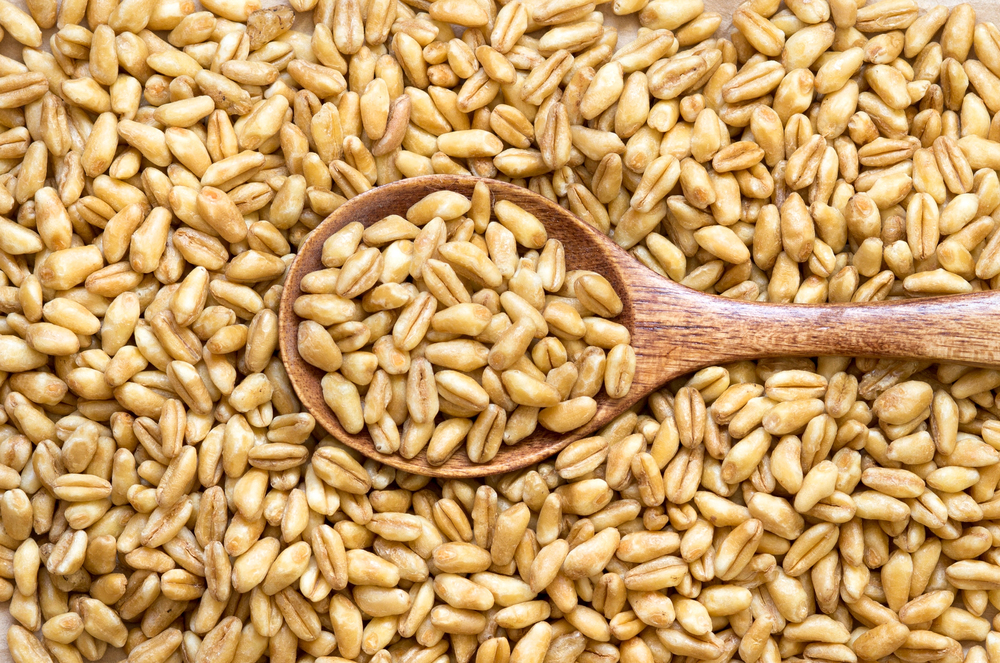
Farro is an ancient wheat grain that has been a staple in Mediterranean diets for thousands of years. Known for its chewy texture and nutty flavor, farro is high in fiber, protein, and essential minerals like magnesium and iron. It’s a versatile grain that works well in salads, soups, and even risotto. With its rich history and health benefits, farro is gaining attention as a nutritious alternative to modern wheat.
Amaranth
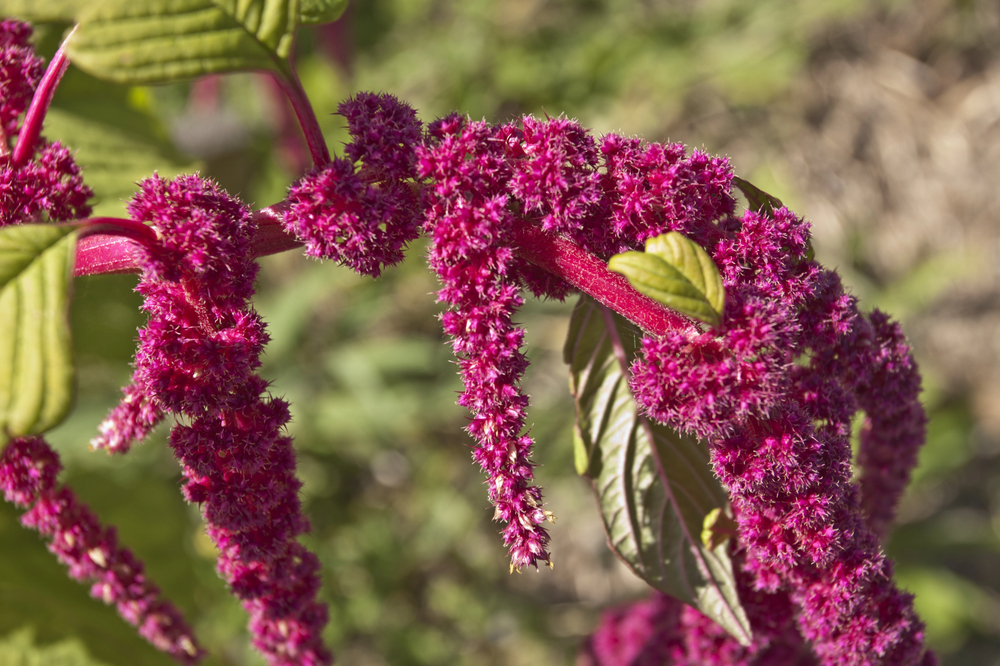
Amaranth, once a staple of the Aztec diet, is now making a comeback as a nutritious and gluten-free grain. It’s packed with protein, calcium, and iron, making it a powerhouse of nutrition. Amaranth has a slightly sweet, nutty flavor and a porridge-like texture when cooked, making it ideal for breakfast bowls or as a thickener in soups. Its resilience and nutritional profile are bringing amaranth back into the spotlight as a versatile ingredient in modern cooking.
Spelt
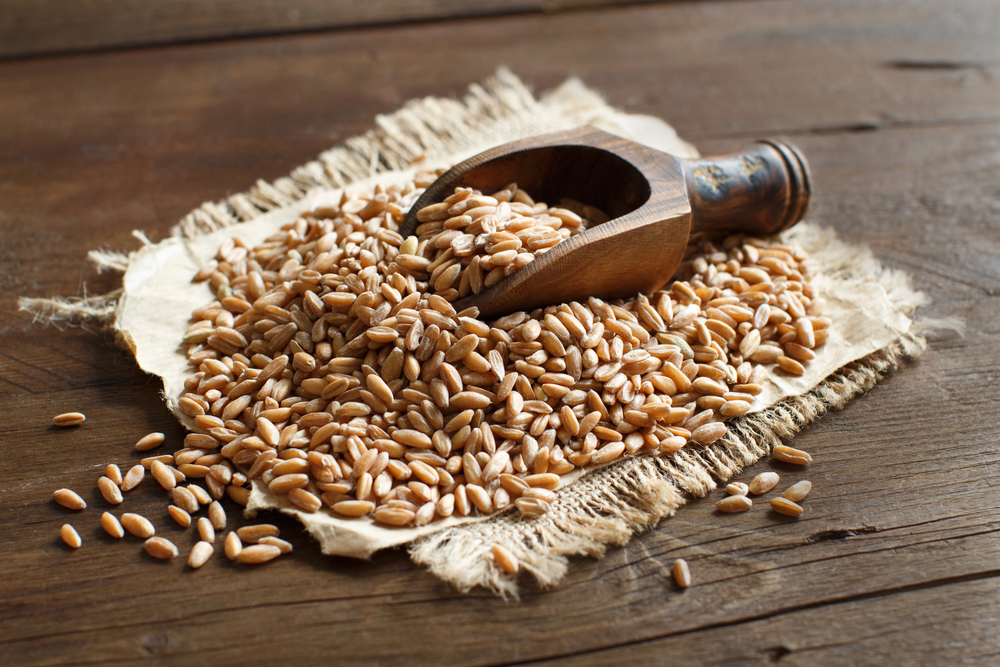
Spelt, an ancient relative of modern wheat, is prized for its slightly sweet, nutty flavor and its high content of protein and fiber. This grain is easier to digest than common wheat and is often used in baking, especially in breads and pastries. Spelt flour gives baked goods a distinct, hearty texture and taste that many find more satisfying than regular wheat. As more people look for alternatives to traditional wheat, spelt is becoming a popular choice for its flavor and health benefits.
Millet
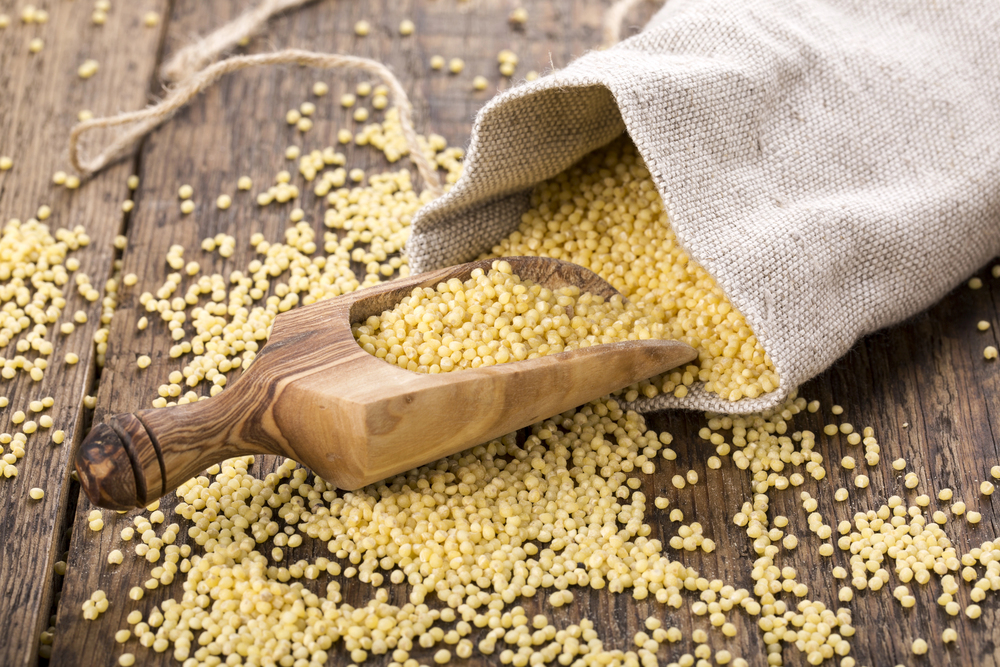
Millet, a small-seeded grain that has been cultivated for thousands of years, is gaining popularity due to its versatility and nutritional benefits. This gluten-free grain is rich in magnesium, phosphorus, and antioxidants, making it a healthy choice for those with dietary restrictions. Millet has a mild, slightly sweet flavor and can be used in both sweet and savory dishes, from breakfast porridge to pilafs and breads. Its adaptability and health benefits are making millet a staple in modern kitchens.
Teff
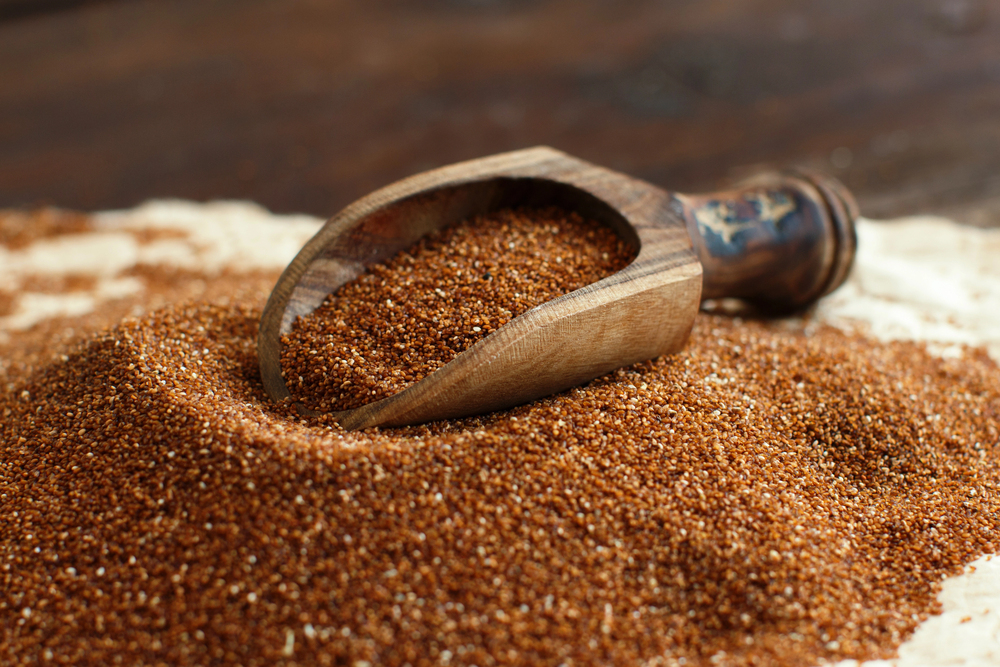
Teff, a tiny grain native to Ethiopia, is the key ingredient in the traditional flatbread injera. This ancient grain is rich in calcium, iron, and protein, making it a nutritional powerhouse. Teff has a mild, nutty flavor and can be used in a variety of dishes, from porridge to baked goods. As interest in gluten-free and nutrient-dense foods grows, teff is finding its way into more diets around the world.
Barley
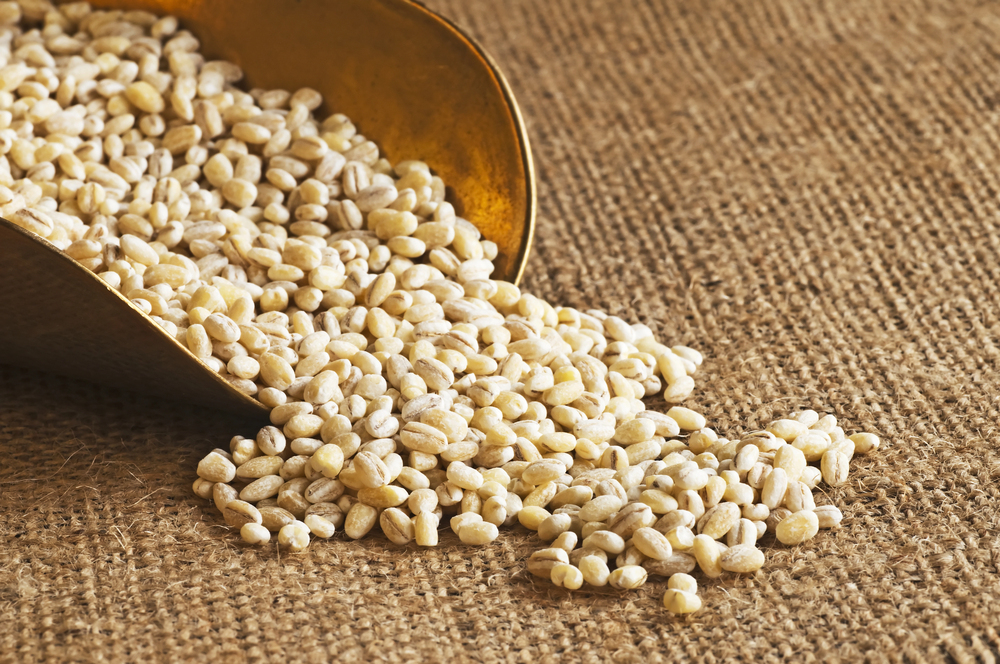
Barley is one of the oldest cultivated grains, known for its chewy texture and slightly nutty flavor. It’s high in fiber, particularly beta-glucan, which is known to help lower cholesterol levels. Barley is often used in soups, stews, and salads, but it can also be milled into flour for baking. Its robust nutritional profile and versatile use make barley a grain worth revisiting in modern cooking.
Sorghum
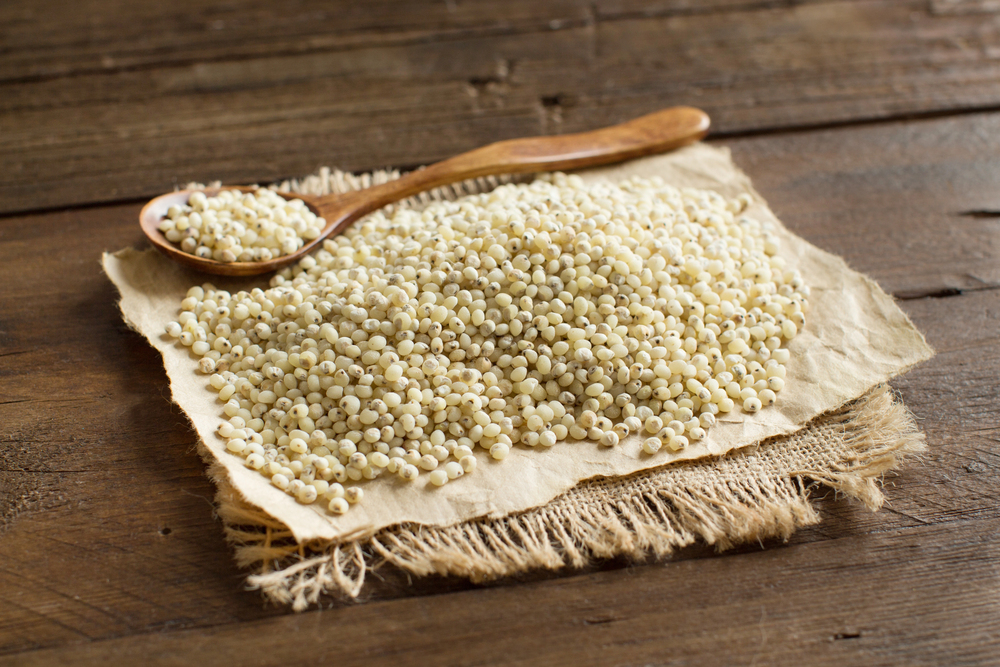
Sorghum, a drought-resistant grain that has been cultivated for millennia, is becoming increasingly popular for its health benefits and sustainability. It’s gluten-free, rich in antioxidants, and has a mild, earthy flavor that complements both sweet and savory dishes. Sorghum can be cooked like rice, popped like popcorn, or milled into flour for baking. Its adaptability and nutritional value are driving its comeback in kitchens around the world.
Kamut
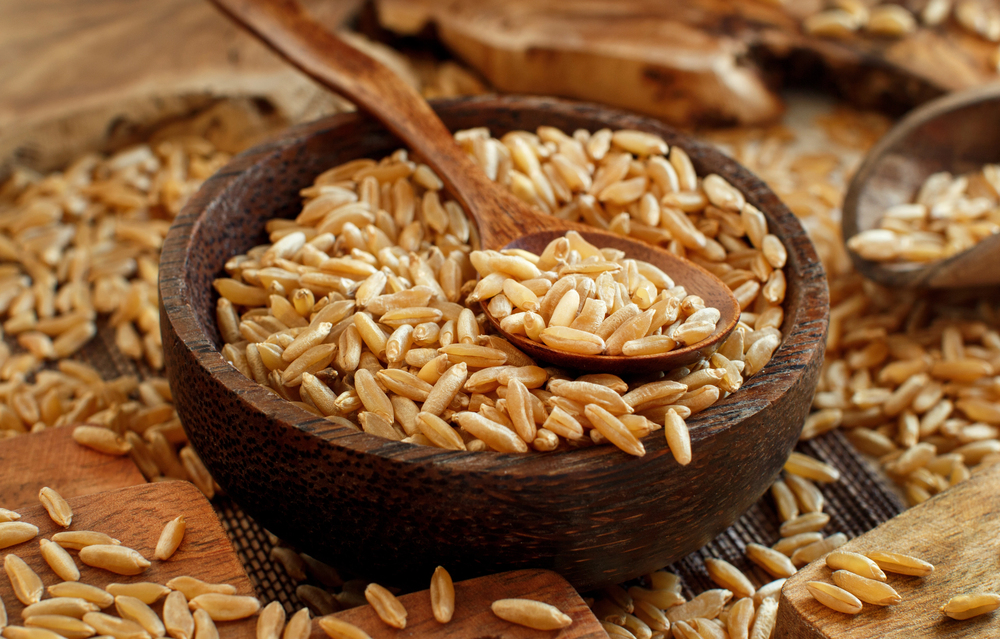
Kamut, also known as Khorasan wheat, is an ancient grain with a rich, buttery flavor and a chewy texture. It’s higher in protein and minerals than modern wheat, making it a nutritious alternative. Kamut is often used in salads, soups, and as a base for grain bowls. As more people seek out nutrient-dense grains, Kamut’s unique flavor and health benefits are making it a popular choice.
Freekeh

Freekeh is an ancient Middle Eastern grain made from young, green wheat that is harvested early and roasted. This process gives it a unique smoky flavor and chewy texture, making it a favorite in salads and pilafs. Freekeh is high in fiber and protein, providing sustained energy and digestive benefits. Its distinctive taste and nutritional advantages are leading to a resurgence in its use in modern dishes.
Einkorn
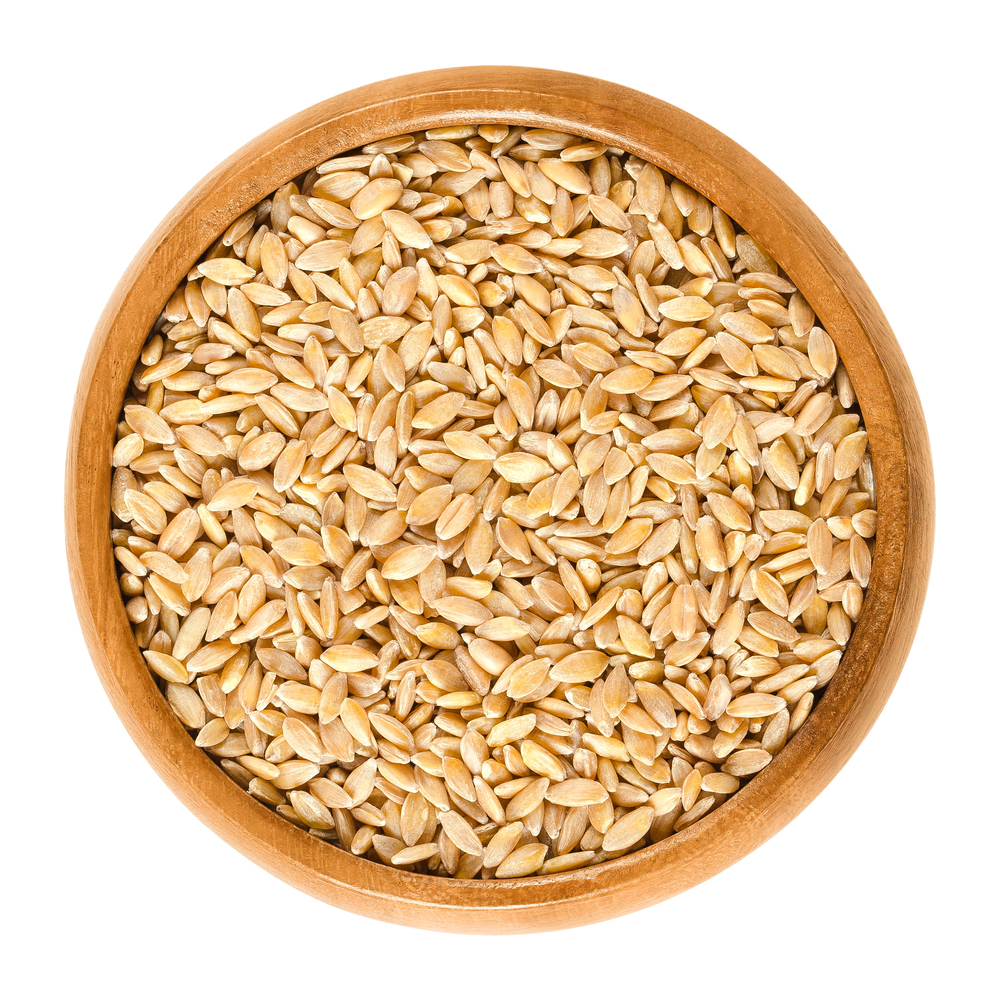
Einkorn is one of the earliest forms of cultivated wheat, known for its nutty flavor and rich, golden color. It has a lower gluten content than modern wheat, making it easier to digest for some people. Einkorn flour is often used in baking, particularly in artisan breads and pastries, where it adds a distinct flavor and texture. As interest in ancient grains grows, einkorn is being rediscovered for its nutritional benefits and culinary appeal.
Buckwheat
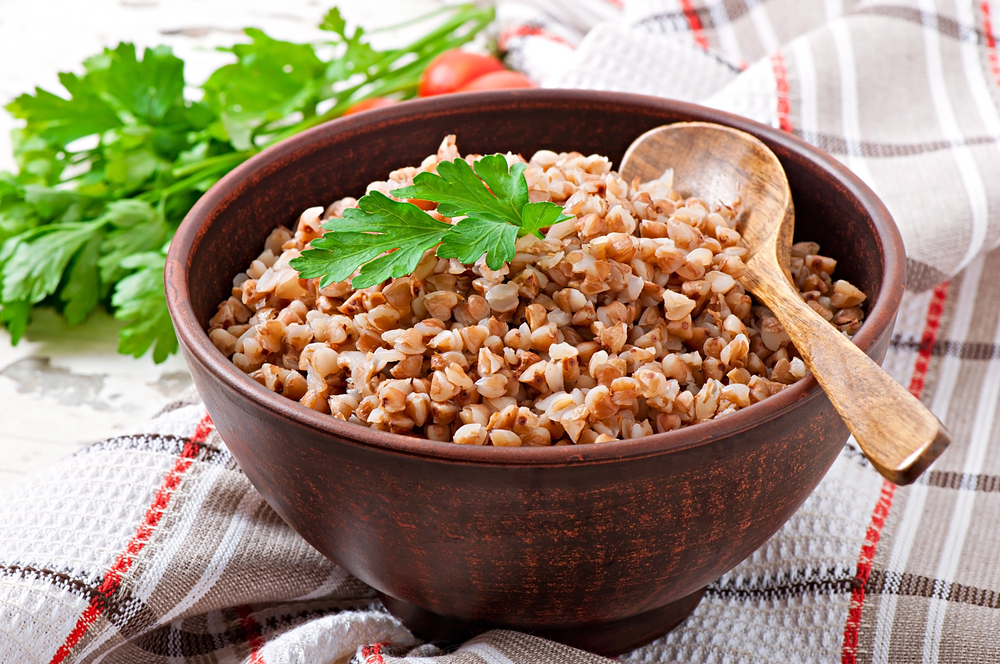
Buckwheat, despite its name, is not a wheat but a gluten-free seed that has been used for centuries in Eastern European and Asian cuisines. It’s rich in fiber, protein, and essential minerals like magnesium and manganese. Buckwheat has a robust, earthy flavor and is commonly used in pancakes, noodles, and porridge. Its versatility and health benefits are bringing buckwheat back into the spotlight as a nutritious alternative to modern grains.
Chia
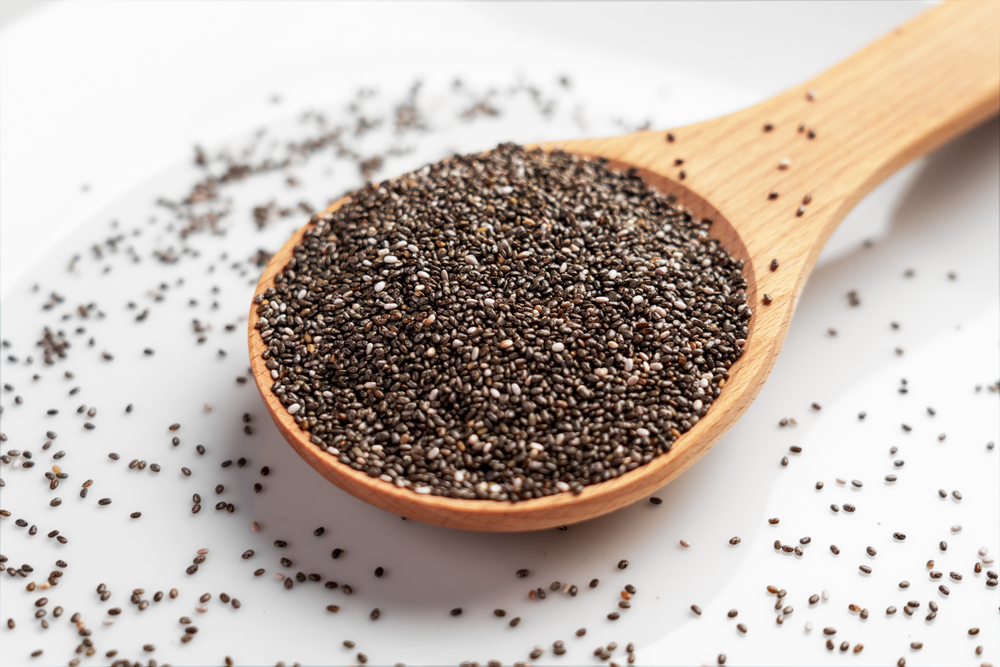
Chia seeds, originally cultivated by the Aztecs, have become a popular superfood in recent years due to their high omega-3 fatty acid content. These tiny seeds are also packed with fiber, protein, and antioxidants. Chia seeds can absorb up to 12 times their weight in water, creating a gel-like texture that’s perfect for puddings, smoothies, and baked goods. Their unique properties and nutritional profile are making chia seeds a must-have in modern kitchens.
Rye
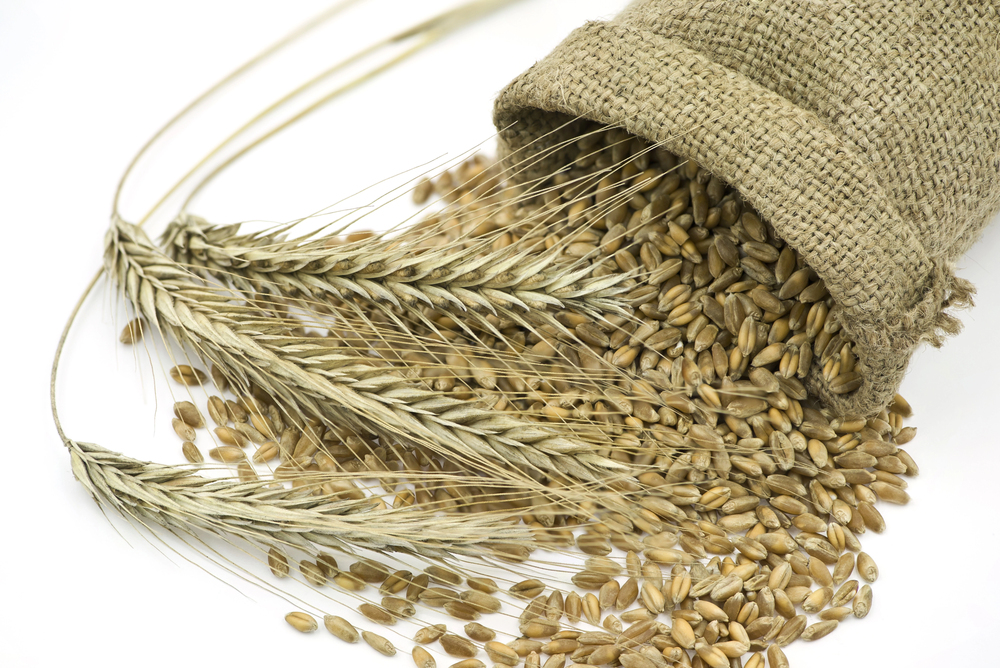
Rye, an ancient grain primarily used in traditional breads, is known for its distinctive, slightly tangy flavor and dense texture. It’s high in fiber and has a lower glycemic index than many other grains, making it a good choice for those managing blood sugar levels. Rye flour is commonly used in sourdough bread and crispbreads, offering a hearty, satisfying option for baking. As people look to diversify their grain choices, rye is gaining renewed appreciation for its taste and health benefits.
Bulgur

Bulgur is a quick-cooking, cracked wheat product that has been a staple in Middle Eastern cuisine for centuries. It has a light, nutty flavor and a slightly chewy texture, making it ideal for salads like tabbouleh and as a base for pilafs. Bulgur is rich in fiber and protein, providing a nutritious and satisfying grain option. Its convenience and health benefits are making bulgur a popular choice in modern cooking.
This article originally appeared on RetailShout.
More From RetailShout
16 Family-Friendly Pasta Recipes Everyone Will Adore
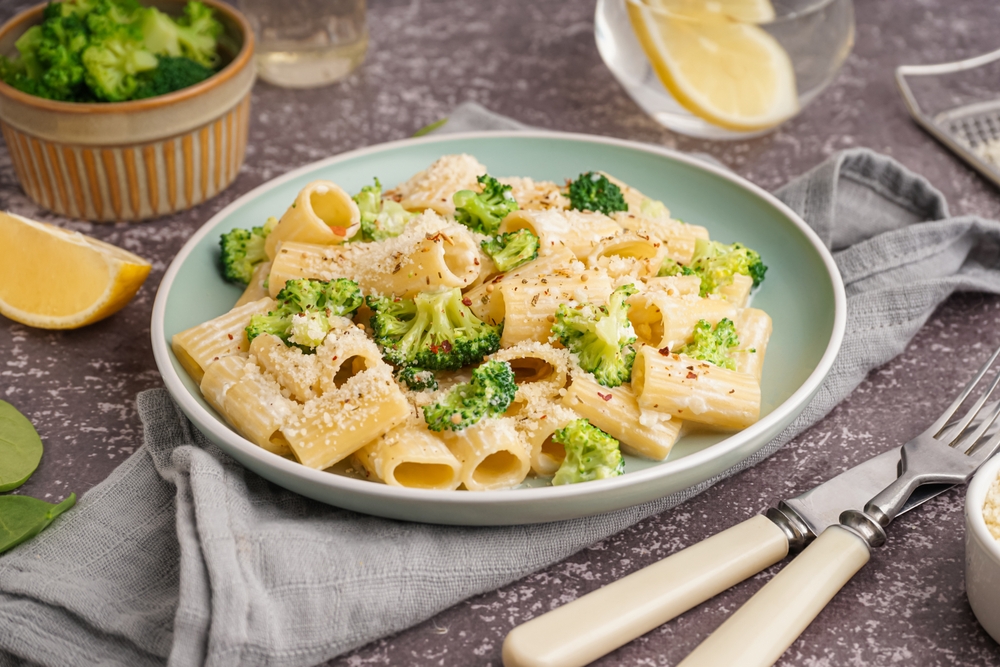
Tired of the same old dinner routine? Let’s shake things up with some delicious and easy pasta recipes that are sure to please the whole family. From cheesy classics to fresh and zesty dishes, pasta offers endless possibilities for tasty meals. Read More.
15 Quick and Easy Summer Appetizers
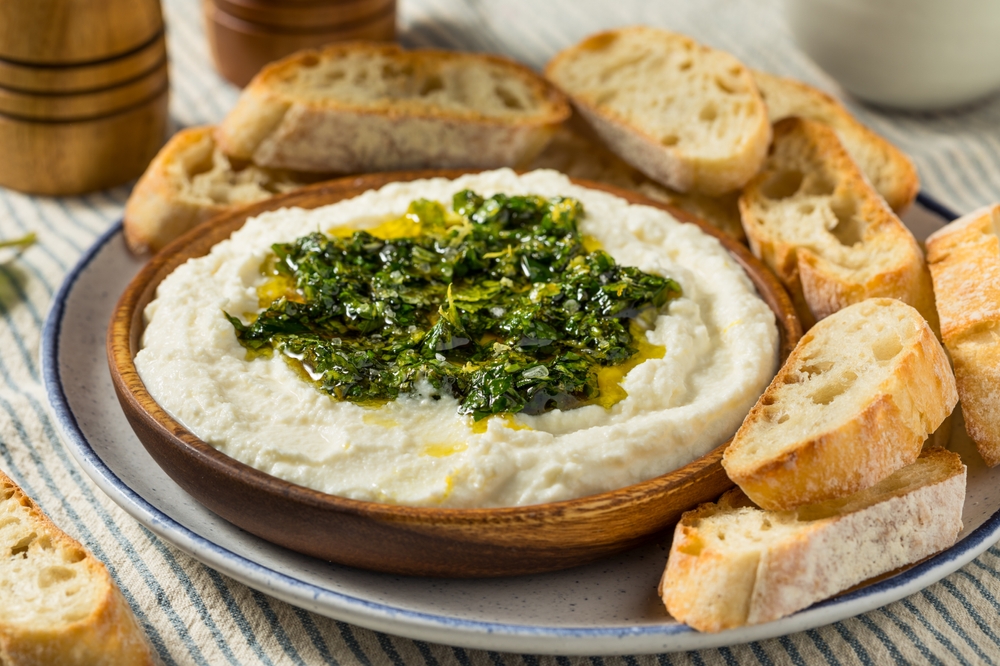
Quick and easy appetizers are a must for any summer gathering, and having a lineup of fresh, flavorful appetizers will set the perfect tone for your event. These simple yet delicious options are not only easy to prepare but also guaranteed to impress your guests. Read More.
17 Healthy Snacks You Can Make at Home with Minimal Ingredients

When hunger strikes, it’s easy to reach for whatever’s convenient, but those store-bought snacks often come with a side of extra calories and preservatives. When you’re looking for something nutritious to snack on but don’t have a pantry full of ingredients or want to spend hours in the kitchen, having a few simple recipes up your sleeve can be a lifesaver. Read More.

